Assisted Suicide for Children
VerifiedAdded on 2023/03/30
|5
|666
|294
AI Summary
This article explores the ethical dilemma of assisted suicide for children, discussing the arguments for and against it. It examines the current practices and statistics in different countries. The article also highlights the challenges faced by medical practitioners in carrying out euthanasia for children.
Contribute Materials
Your contribution can guide someone’s learning journey. Share your
documents today.
1 out of 5
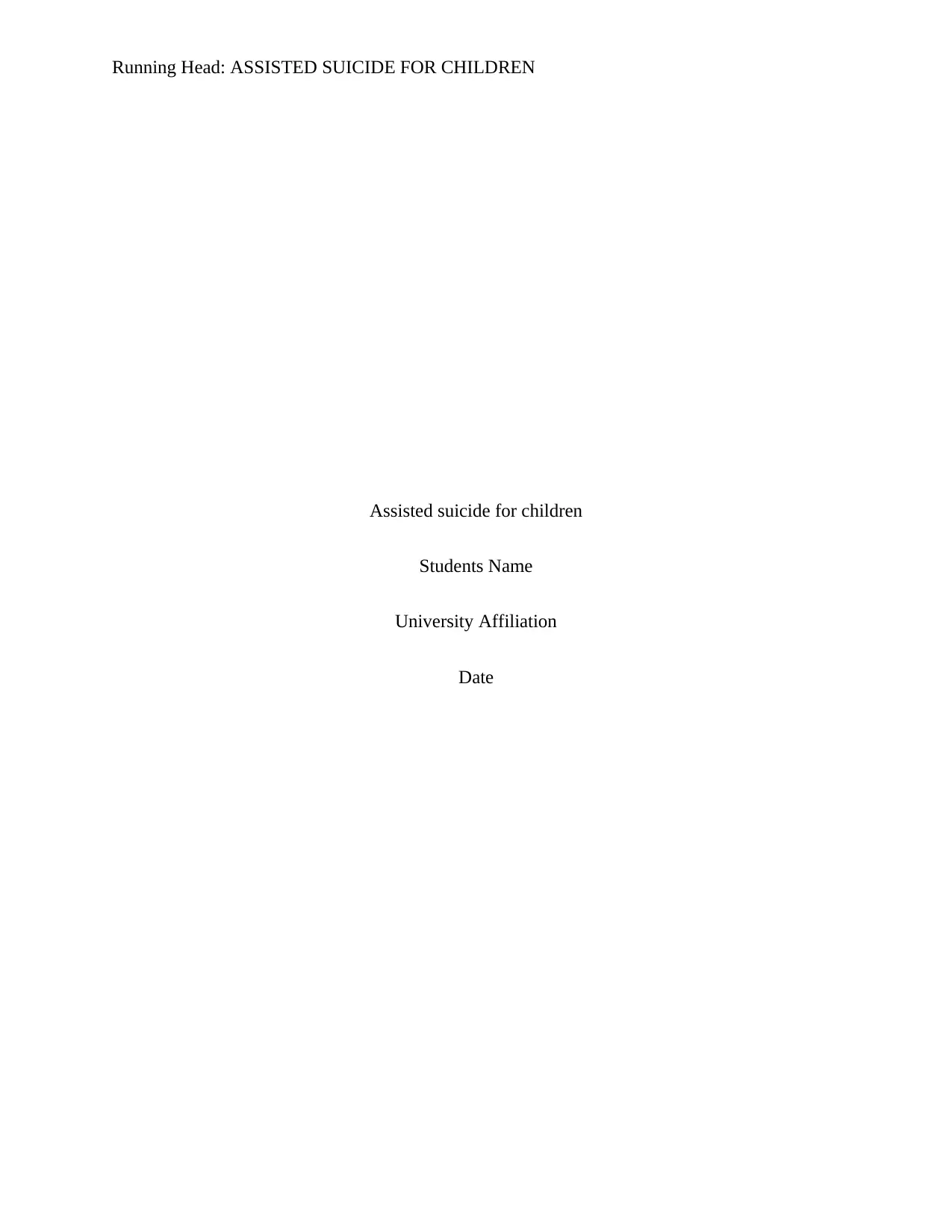
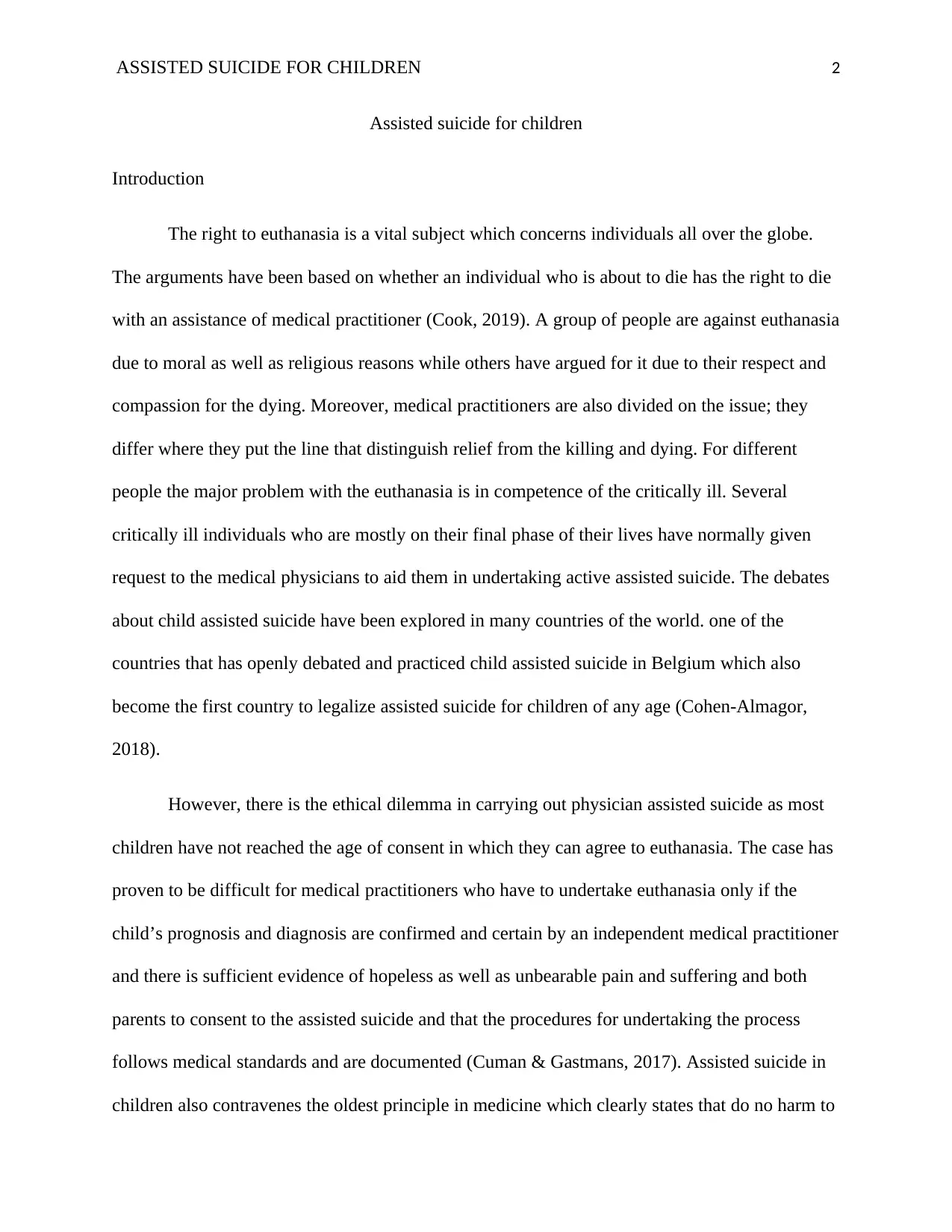
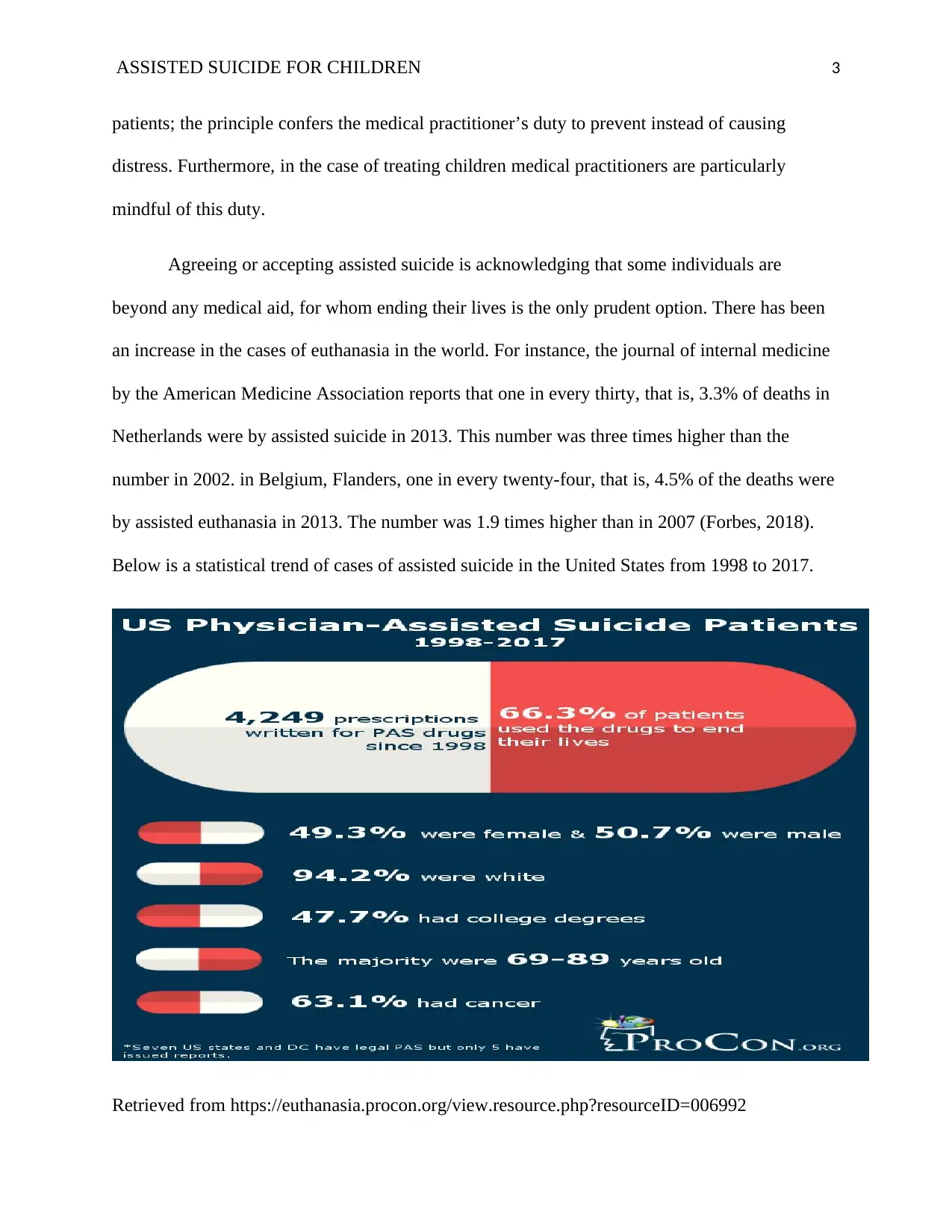
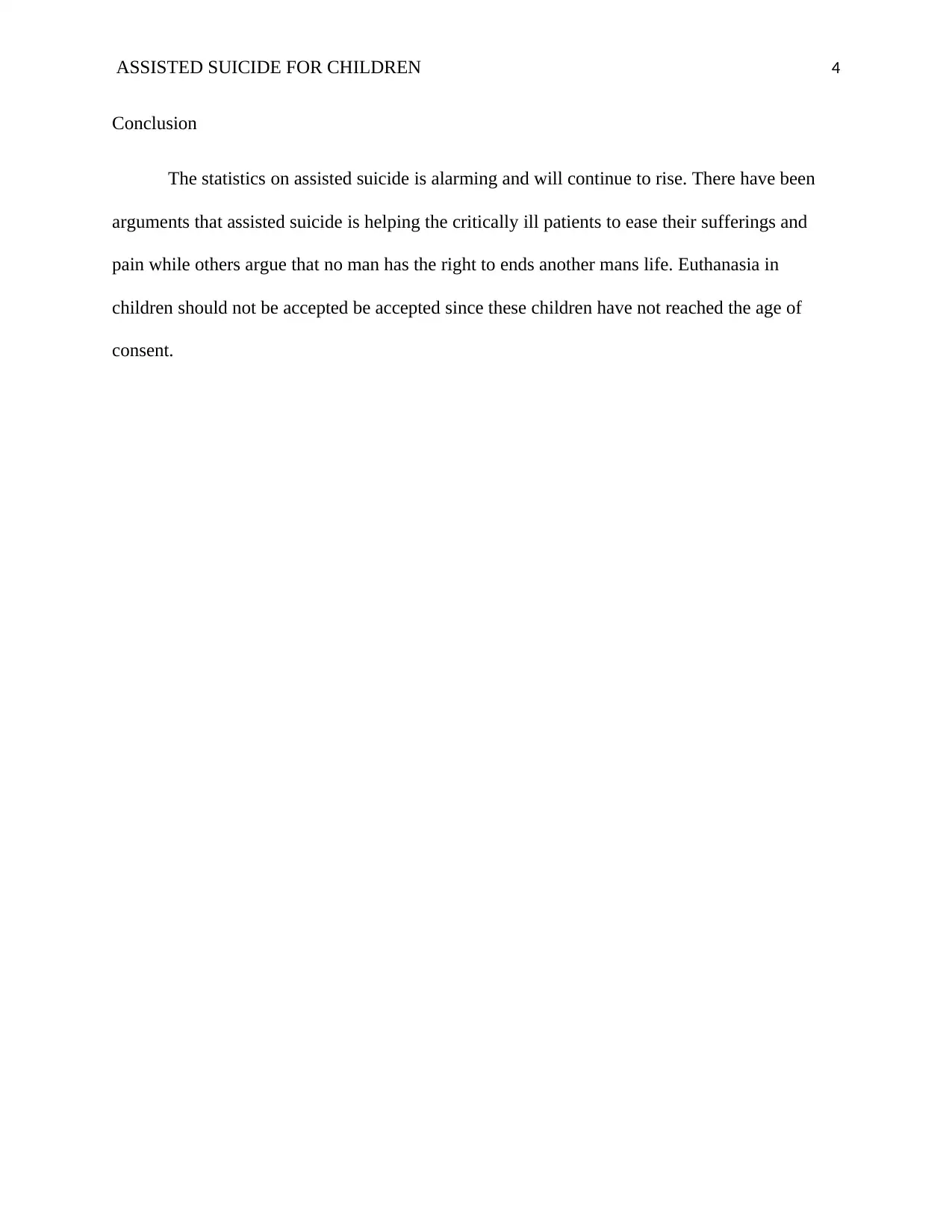
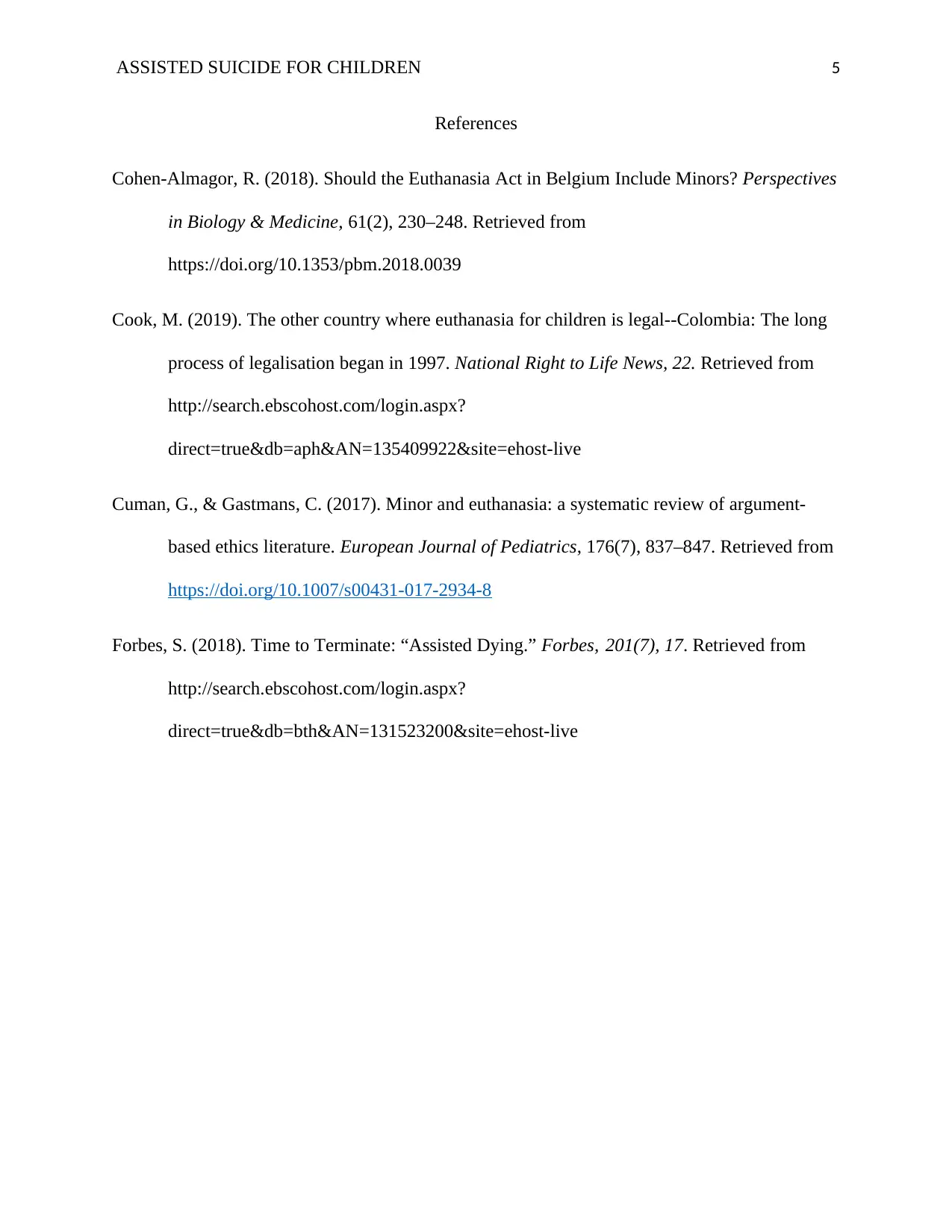






![[object Object]](/_next/static/media/star-bottom.7253800d.svg)